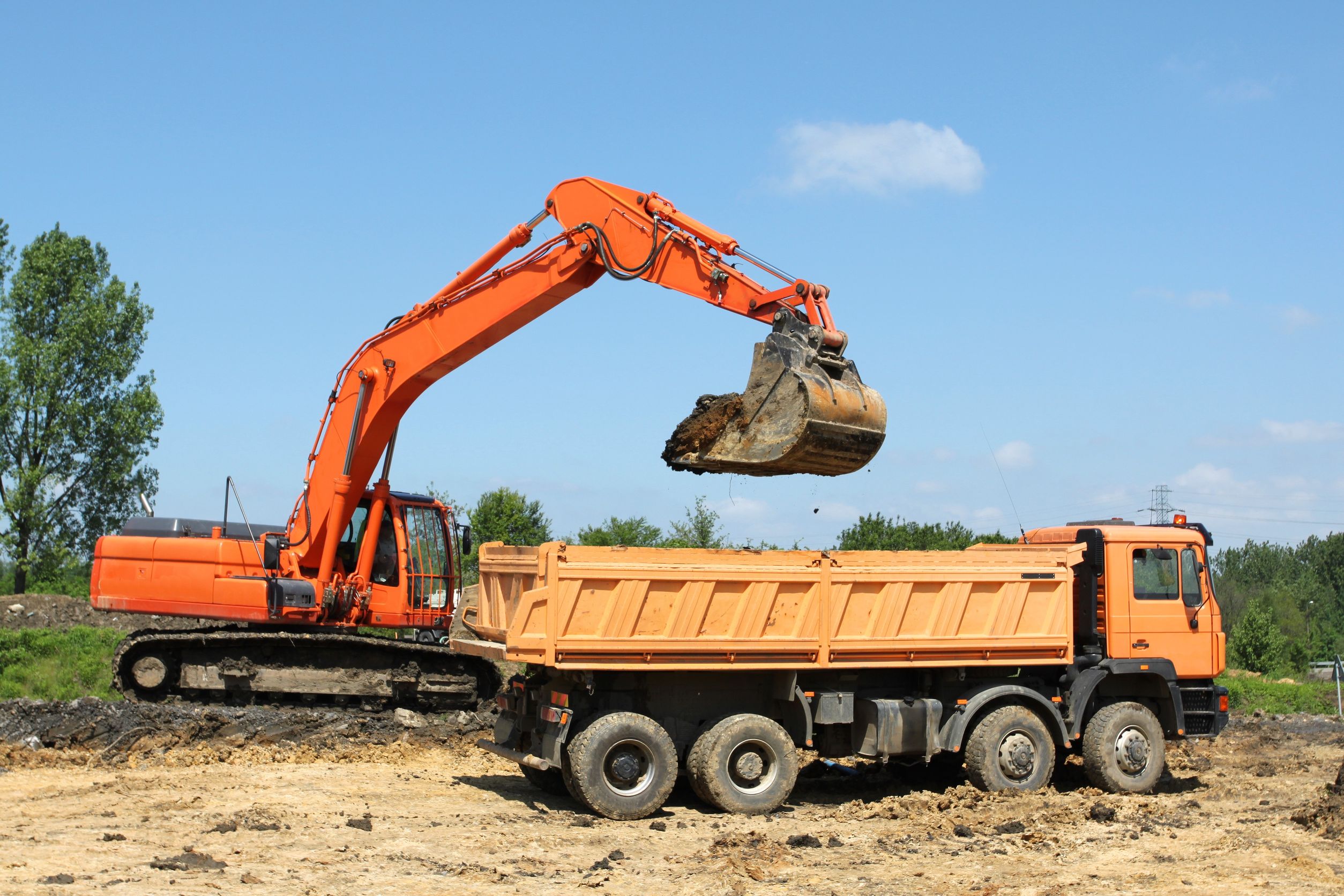Hedging is a financial term that refers to reducing risk through the planned, strategic utilization of financial instruments. Every type of investor, whether a play-it-safe retiree or a highly risky venture capital firm, faces risk as an inherent part of investing. Livestock hedging is a common form of risk management engaged in by farmers of cattle, swine, and other livestock. Rather than buying investments, farmers grow what will eventually be sold to the owners of livestock futures. Here are a few must-know things about livestock hedging.
First Off, What Are Futures?
Predicting the price of goods is impossible to do reliably. Farmers face tons of other risks in addition to not knowing how much they’ll be able to sell their livestock for at market when the animals mature. They sell their livestock ahead of time at a price that they feel comfortable settling for in exchange for minimizing risk. Futures are financial instruments that are traded on public exchanges.
There Are Only Two Kinds of Hedgers
Either you’re looking to purchase cattle and want to lock in prices while they’re low, or you want to sell cattle and lock in high prices. For the former, you should buy futures; for the latter, you should sell futures.
When Do Farmers Hedge?
Since there are so many variables that affect how well crops or herds of livestock will turn out at maturity, farmers are effectively gambling away their livelihoods without hedging against risk. Although it’s a good idea to hedge, the decision ultimately comes down to individual farmers on a case-by-case basis as to whether and when to hedge.
At Compass Ag Solutions in Fort Collins, CO, we help livestock farmers across North America deal with potential risks that are inherent in the market. Contact us at Compass Ag Solutions to find out how we can help you make the most of your livestock hedging efforts.


